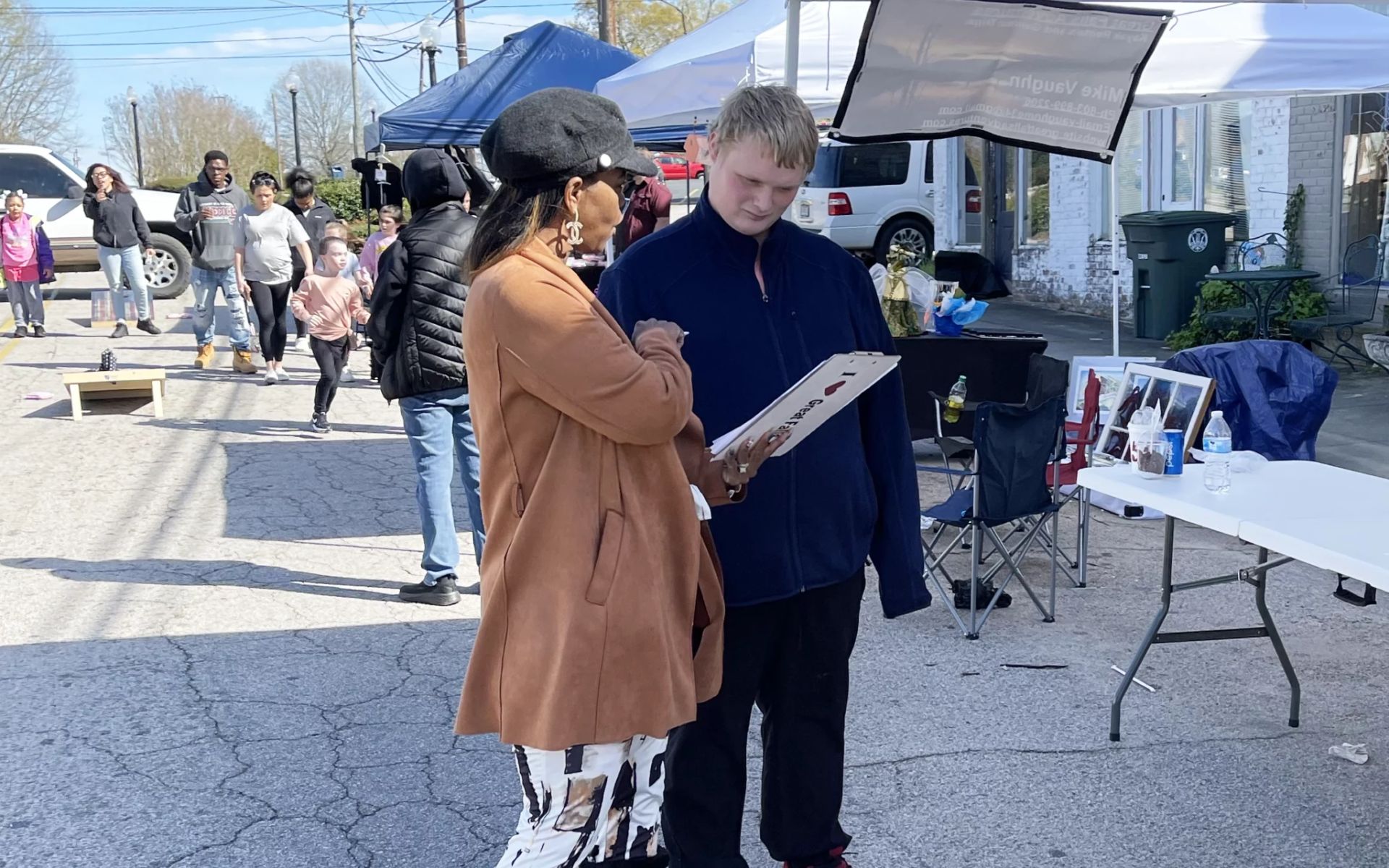Six Steps to Foster Active Listening and Bridge Divides in Your Community

Six Steps to Foster Active Listening and Bridge Divides in Your Community
The many engagement activities that the Galesburg on Track Community Heart & Soul project has organized over the past year, got Galesburg, Illinois, writer Rebecca Susmarski thinking about listening bias and ways to be aware of it. She offers some practical tips for active listening. To learn more register for our Sept. 28 Heart & Soul Talks: Bridge Divides with Discourse that’s Civil.
Listening to residents’ ideas and perspectives in a nonbiased manner is an important element of Community Heart & Soul®. But how does one actually accomplish that?
The key is active listening. I first learned to apply active listening in college while debating politics with my friend Mike. Our discussions taught me to clear my mind as Mike spoke and consider what he told me, rather than instantly determine how I would answer him.
Our debates led me to change my positions on some issues, but even if I didn’t agree at the end of our conversations, he taught me to think of complex solutions that would not ignore the problems he mentioned or the valid points he made. I started to see the larger picture, rather than telling others to look at the picture through the one angle I thought to be the best.
Community Heart & Soul encourages residents to approach each other and have conversations about how to improve their community in the same fashion. If residents aren’t open to hearing their neighbors’ different perspectives, a community can never unite to address its problems or create new solutions — or find its “Heart & Soul®.”
Here are six things you can do to ensure an open exchange of ideas:
1. Embrace differences. If someone has a different opinion or idea than yours, don’t be afraid to discuss it. Embrace it and see it as an opportunity to learn more about another perspective, rather than an insult towards you or your beliefs.
2. Ask questions. Ask them why they believe their idea will work, or why they believe a certain thing to be true. Not only will this inform you more about a topic, but you will show that you’re curious rather than confrontational. This helps the person trust you so you can later work on a solution together. (You could ask, for example, “How would your idea solve this problem?”)
3. Practice empathy. When the person responds to your questions, put yourself in their shoes. Did they have an experience that made them feel this way? How does it differ from yours, and how is it alike? What could you learn from this, or how could their lessons and experiences be applied to improve a community?
4. Find common ground. If you have a different idea or opinion, think of what the person already said that you agree with, and lead in with that when making your suggestion. Explain your idea or opinion using precise facts and examples. Your explanation should help the other person discern what you think just as their responses to your questions helped you to better understand them. (“I see where you’re coming from when you said ‘This,’ but have you considered this?”)
5. Think about solutions. Once you’ve finished, bring the conversation back to what you both agree on and how you could solve the problems you each observed. (“If only there was a way to address that one problem you mentioned and also this one I mentioned…what do you think of this solution?”)
6. Keep the conversation going. Write down or record your mutual ideas for potential actions to pass on to the Heart & Soul Team, and share contact information in case you would like to discuss other topics with them in the future. Offer to continue your conversation with the individual some other time.
Rebecca Susmarski is a writer based in Galesburg, Illinois.




